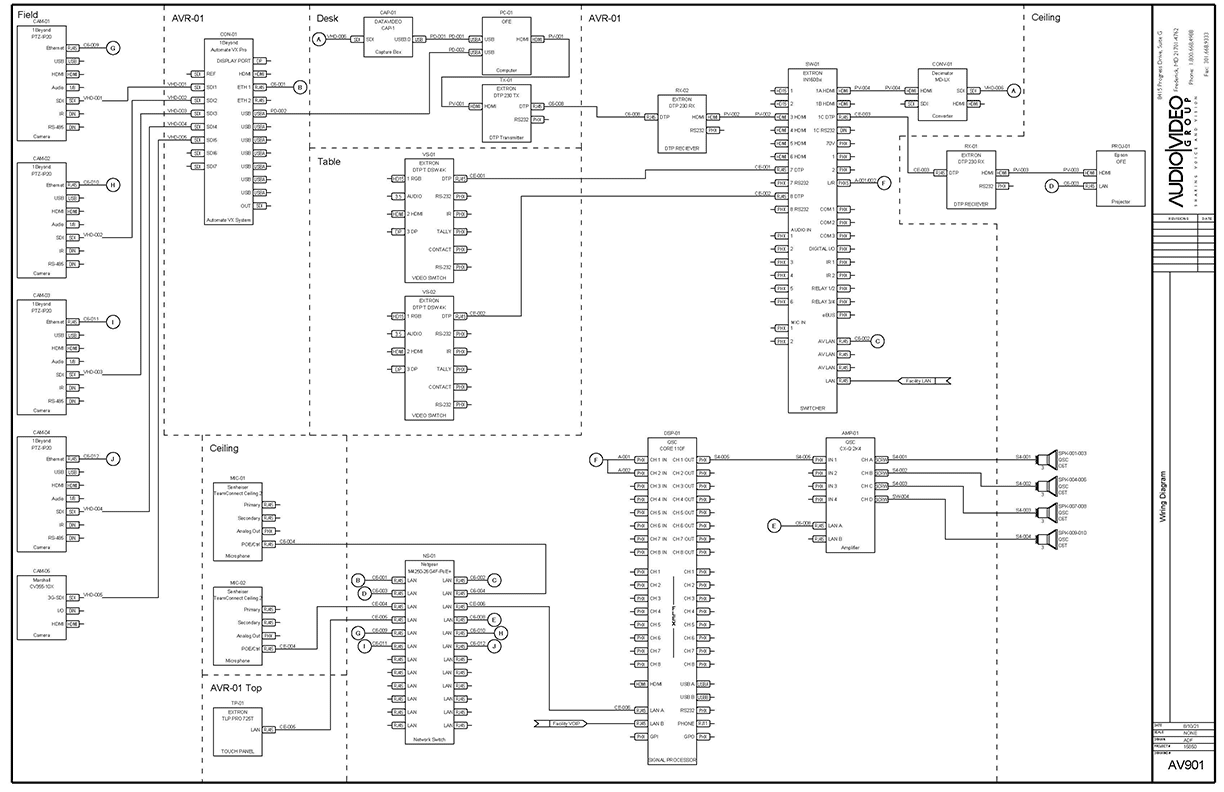Investigating the Development of Digital Signage Tech and Its Impact on Setup Practices
Wiki Article
Electronic display solutions has come a long way since its beginning. Initially, signs were static and needed hands-on updates, which could be time-consuming and challenging. With the progress of innovation, digital signage has evolved into a flexible and interactive medium. Currently, screens can show lively images, videos, and live data, making them more engaging for audiences. This evolution has not only changed how data is displayed but has also revolutionized the way companies and organizations communicate with their customers.

One of the crucial advancements in digital signage solutions is the use of HD displays. These displays offer improved resolution and hue accuracy, which enhances the overall observing encounter. Additionally, the introduction of light-emitting diode and liquid crystal display systems has made it possible to produce slimmer and lighter screens. This has allowed for more versatile setup choices, such as wall mounting, suspending, or even freestanding screens. As a consequence, businesses can choose the most suitable setup that fits their environment and audience requirements, making digital signage a adaptable solution for different settings.
Another significant development is the incorporation of content management platforms (CMS). These platforms enable operators to quickly create, schedule, and oversee material across multiple displays from a unified platform. This capability is particularly advantageous for companies with multiple locations, as it guarantees uniform messaging and branding. Furthermore, many CMS systems offer web-based solutions, enabling off-site control and instant modifications. This means that companies can quickly respond to shifts in data or promotions, keeping their material current and pertinent.
The impact of digital signage technology on setup methods cannot be overlooked. With the growth learn about this here now of engaging screens and touchscreens, installation has become more complicated. Technicians must now consider factors such as wiring, connectivity, and user interaction. Additionally, the requirement for appropriate installation and positioning is crucial to ensure maximum sightlines and accessibility. As a result, expert installation services have become more important, as they bring knowledge in both systems and design to create effective digital signage solutions.
In conclusion, the evolution of digital signage solutions has profoundly influenced installation practices and the way data is communicated. With improvements in display technology, content management platforms, and setup methods, companies can create engaging and effective signage that captures the attention of their audience. As digital signage keeps to expand and develop, it will certainly play a crucial role in shaping the future of communication in various industries.